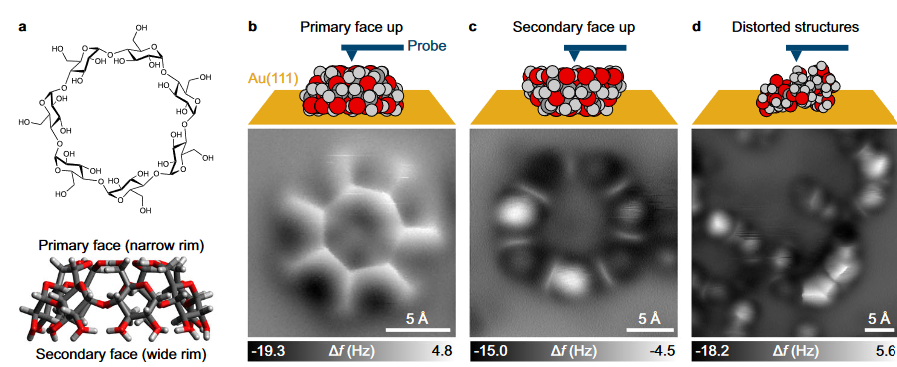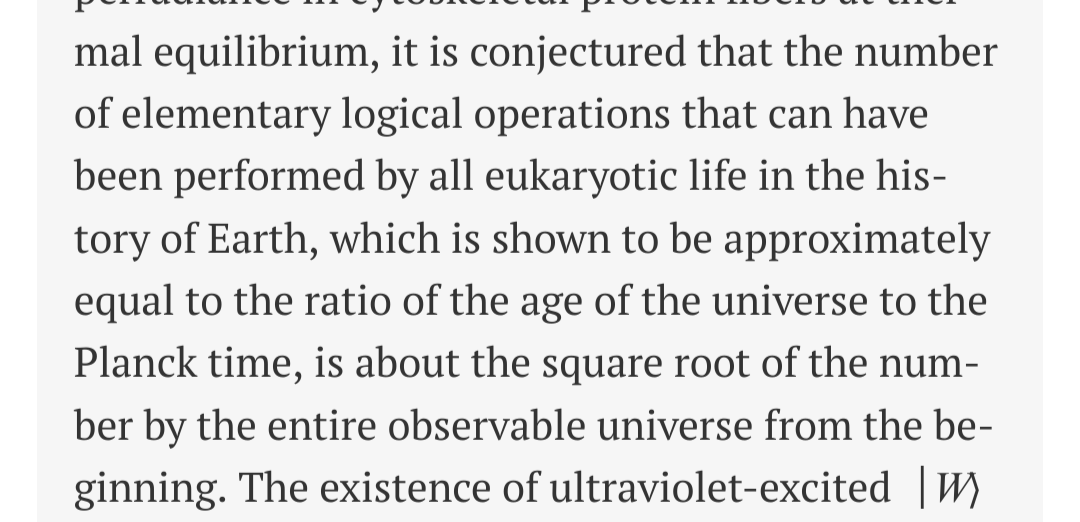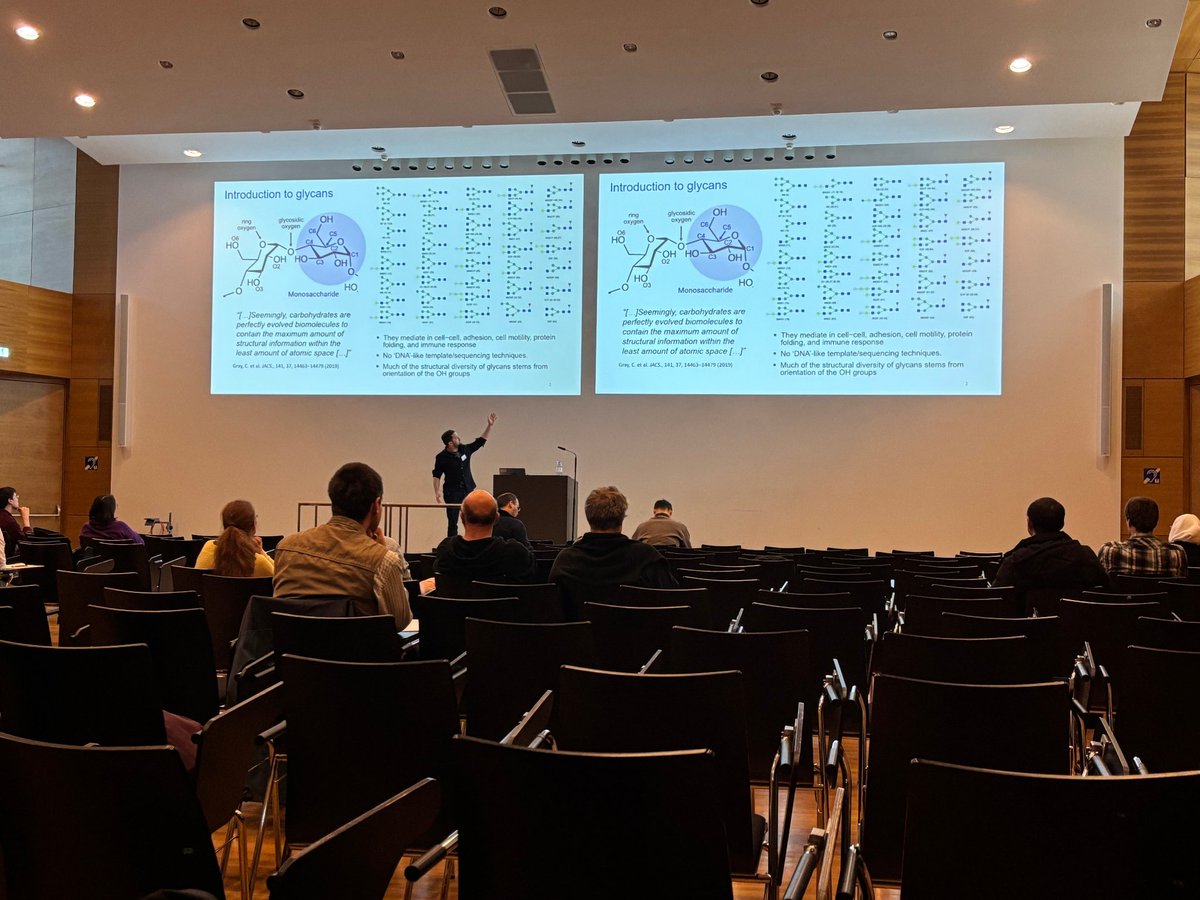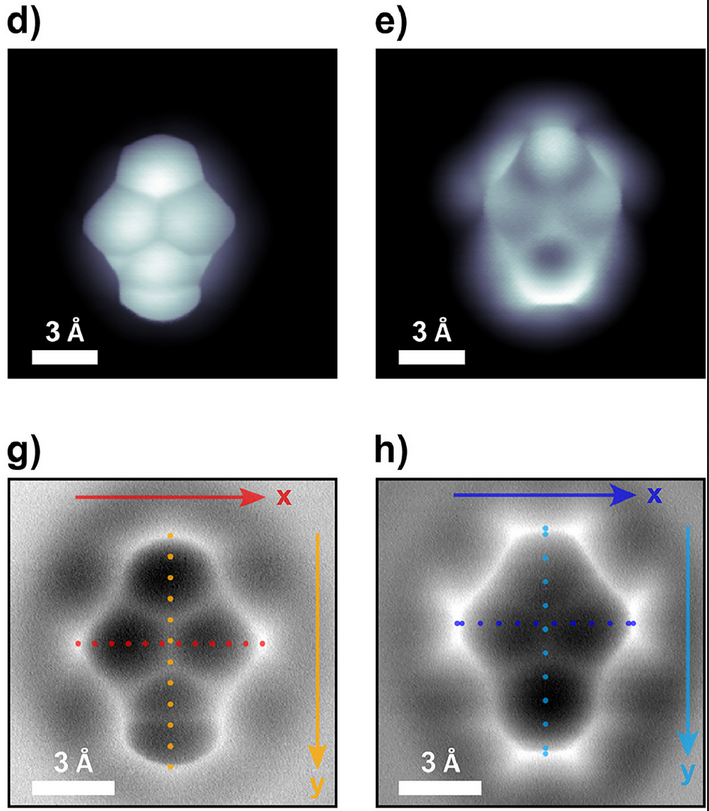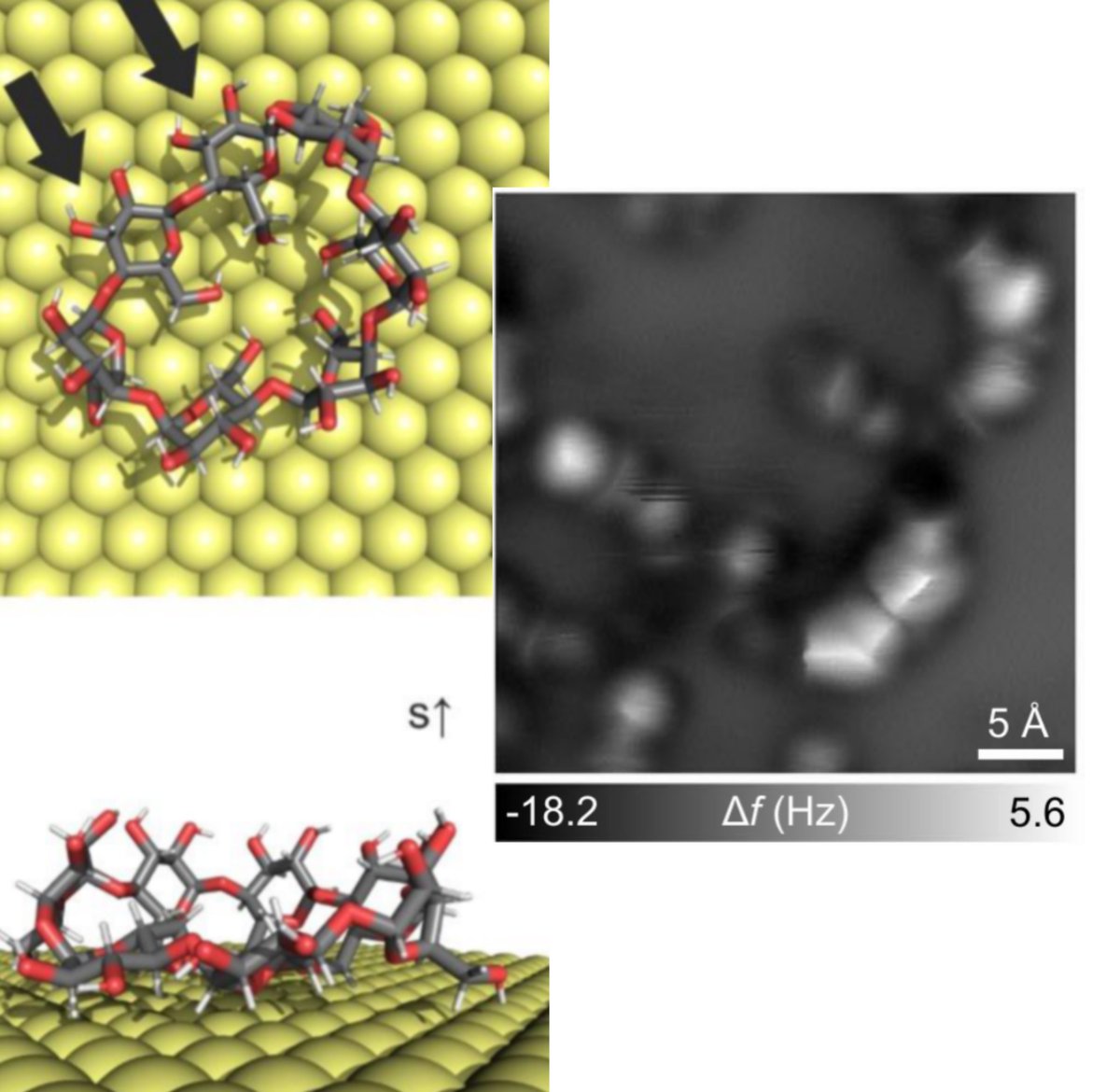
Benjamin Mallada
@BenjaminMallada
Followers
456
Following
765
Media
36
Statuses
147
Postdoctoral researcher | University of Oxford, Dept. of Biochemistry| nc-AFM, STM and biophysics on surfaces | Google Scholar: https://t.co/DtdLTJsgyD
Oxford
Joined March 2013
🧵 Using nc-AFM, we've visualized #cyclodextrins (CDs) with submolecular resolution— molecules made of glucose units with the remarkable ability to "trap" other molecules. 1/10 (paper in Nat Comm:
2
12
74
Great read! Mass selection + landing energy control is crucial to avoid any fragments on surfaces that interrupt or hinder interesting reactions on surfaces. But also enables using gigantic precursors or biomolecules into surfaces. Maybe I'll show soon some examples of this. .
Excited to share a primer* my team and I wrote for ACS as an entry piece to the field of ion soft landing + single molecule imaging!. * A pedagogical piece bridging a complete stranger to review papers in the field!
0
0
2
Maybe the shortest introduction to the Ising model I have ever seen.
Renormalisation is a central concept in modern physics. It describes how the dynamics of a system change at different scales. A great way to understand and visualise renormalisation is the Ising model. (some math, but one can follow without it ). 1/13
0
0
0
This paper is mind-blowing. I'll have to read it several times I think, msybe on holiday. It's one of those refreshing speculative ones.
Curious to see what people think about this, we had quite a debate at the Editorial Board. After the reviews came in, the conclusion was that, on the great wide spectrum that stretches from bonkers to brilliant, this is closer to brilliant.
0
0
3
Very nice to see this result from @Campana_Lab and. @MOR_Fun_Group! I remember @FedeVillaLobo visiting us back in the day in Olomouc trying a related precursor (an unlucky one though. sometimes it happens). This one just worked nice
Diastereomeric Configuration Drives an On-Surface Specific Rearrangement into Low Bandgap Non-Benzenoid Graphene Nanoribbons | Journal of the American Chemical Society @CanalUGR .@icmm_csic
1
1
32
RT @QuantumHazzard: Physics texts tell us particles come in only 2 types - fermions or bosons. Our Nature paper today shows other, thought-….
0
207
0
Getting closer to a molecular Aharonov-Bohm interferometer. Vitek et al show that a completely cycled ring of porphyrins could contain quantum behavior up to a length scale of 18 nm. Very cool.
(5/5) The presence of a global ring current shows that the molecule behaves as a quantum object instead of a classical one. We predict such currents in rings with a circumference of almost 20 nm, which makes the molecular quantum world much bigger than previously thought (~5 nm).
0
0
10
I remember seeing PTCDA molecules working as antennas on surfaces in 2018 (Niklas also involved). Now, it is cool to see their electrostatic field enabling them to emit fluorescence light. Fascinating work @ARoslawska and all (only tag I have!).
1
0
6
Beautiful example of Pyrene vs Acepleiadylene from @GottfriedGroup. Non-alternant structures show again that they like to be way closer to the surfaces, to the point of chemisorptive bond in the case of acepleiadylene.
0
1
23
Aside from seeing the #cyclodextrin up and down on the surface, one curious case is when some of the glucose units twist and form this intermediate configuration. The molecular dynamics simulations (left) explains beautifully the "absence" of lobes in the experimental images.
🧵 Using nc-AFM, we've visualized #cyclodextrins (CDs) with submolecular resolution— molecules made of glucose units with the remarkable ability to "trap" other molecules. 1/10 (paper in Nat Comm:
1
2
15

